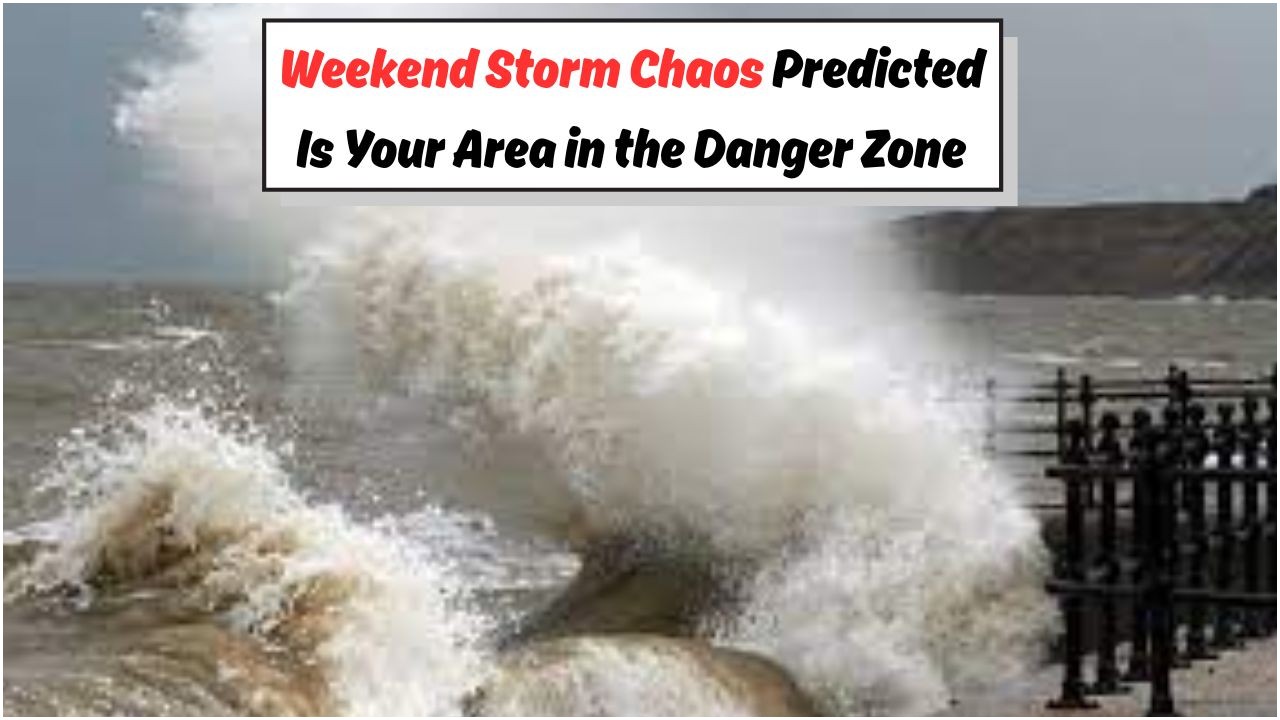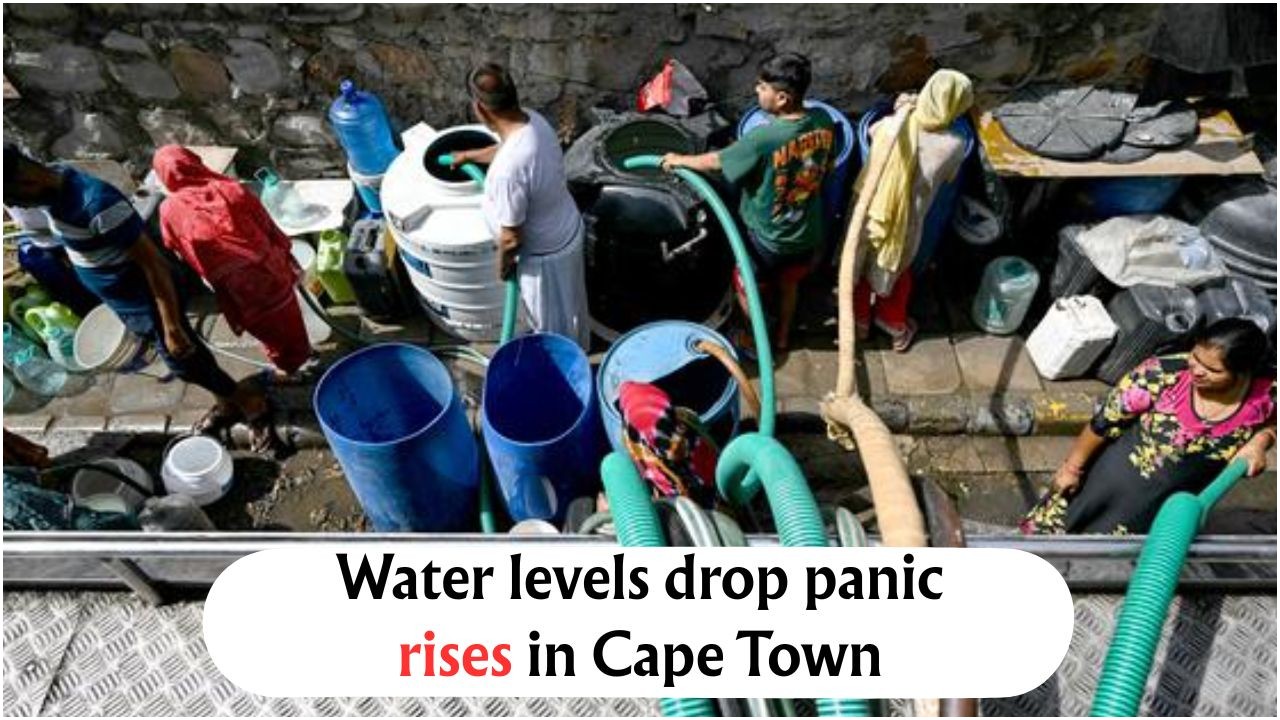Urgent Storm Surge Alert for Coastal SA: Residents of the Eastern Cape and KwaZulu-Natal are advised to remain vigilant as a significant storm surge is predicted to impact the coastal regions. This weather phenomenon, driven by a combination of high tides and strong winds, poses a serious threat to low-lying areas along the coast. Local authorities are emphasizing the importance of safety, urging community members to take preemptive measures. With the possibility of flooding and strong waves, it’s crucial for residents to heed evacuation advisories and prepare for potential power outages and road closures. In anticipation of the surge, staying informed and having an emergency plan can make all the difference.
Eastern Cape Residents Face Storm Surge Threat
The Eastern Cape, known for its stunning beaches and vibrant coastal communities, is bracing itself for the forthcoming storm surge. Weather experts have warned that the combination of spring tides and a strong onshore wind could result in waves reaching dangerous heights, potentially leading to coastal flooding. Communities in areas like East London and Port Elizabeth are particularly at risk. Local disaster management teams are on high alert, coordinating with municipal authorities to ensure that evacuation routes are clear and shelters are prepared to accommodate those in need.
- Stay Informed: Regularly check updates from the South African Weather Service.
- Prepare an Emergency Kit: Include essentials such as water, food, medications, and flashlights.
- Evacuation Plans: Know your nearest evacuation route and shelter.
Potential Impact on Infrastructure
- Road Closures: Flooding may lead to temporary road closures.
- Power Outages: Strong winds could disrupt power lines.
- Property Damage: Coastal properties at risk from high waves.
- Disruption to Services: Potential delays in public transport.
KZN Urgent Alert: Protecting Coastal Communities
KwaZulu-Natal, another region with a magnificent coastline, is also under threat from the anticipated storm surge. Authorities are working tirelessly to inform and protect the public. Durban and surrounding areas are expected to experience the brunt of the surge, with risk factors including high waves and strong winds. Coastal residents are advised to secure their homes and move valuable items to higher ground. Emergency services are preparing for rapid response to any incidents, ensuring that support reaches affected areas swiftly.
Community Safety Measures
| Measure | Description | Responsibility | Status | Notes |
|---|---|---|---|---|
| Evacuation Drills | Conducted in vulnerable areas | Local Disaster Teams | Ongoing | Check local schedules |
| Public Advisories | Regular updates via radio and online | Weather Service | Active | Follow reliable sources |
| Emergency Shelters | Prepared to accommodate evacuees | Municipal Authorities | Ready | Locations announced |
| Road Clearance | Ensuring evacuation routes are clear | Transport Department | In Process | Monitor road conditions |
Precautionary Measures for Coastal SA Residents
Residents living along the South African coast, particularly in the Eastern Cape and KwaZulu-Natal, should take immediate steps to protect themselves and their properties. The following precautionary measures are recommended to minimize risk and ensure safety during the storm surge:
- Secure Outdoor Items: Bring indoors or secure any loose outdoor furniture or equipment.
- Stock Up on Supplies: Ensure you have a sufficient supply of food, water, and essential medications.
- Check your emergency kit for completeness.
- Stay updated with local news and weather reports.
- Notify family or friends about your safety plans.
Understanding Storm Surge Dynamics
| Factor | Impact | Mitigation |
|---|---|---|
| High Tides | Increases water levels | Avoid low-lying areas |
| Strong Winds | Amplifies wave height | Secure properties |
| Low Pressure | Raises sea levels | Evacuate if advised |
| Geography | Exposes certain areas | Plan evacuation |
| Wave Action | Causes erosion | Use barriers |
| Infrastructure | Damage to buildings | Reinforce structures |
Emergency Response and Community Support
The role of emergency services and community support groups is vital during such weather events. Teams are actively working to ensure resources are available and that response times are minimized. Community groups have also mobilized to assist, offering aid and information to those in need.
- Volunteer Groups: Mobilizing to assist in evacuation and aid distribution.
- Coordination with local government for efficient resource allocation.
- Providing mental health support during and after the event.
Minimizing Risks Through Preparedness
Preparedness remains the cornerstone of minimizing risks associated with storm surges. By planning ahead and understanding the potential threats, residents can significantly reduce the impact of such events on their lives and properties.
- Family Communication Plans
- Have a designated meeting point and emergency contacts.
- Regularly update and practice your plan.
Local Infrastructure and Response Planning
| Infrastructure | Status | Action | Responsible |
|---|---|---|---|
| Bridges | Monitored | Reinforcement if needed | Department of Transport |
| Power Lines | Inspections ongoing | Repair crews on standby | Electricity Providers |
| Water Supplies | Secure | Contingency plans in place | Local Municipalities |
| Communication Networks | Operational | Backup systems ready | Telecom Companies |
FAQ Section: Addressing Common Concerns
What is the main cause of storm surges?
Storm surges are primarily caused by high winds and low atmospheric pressure pushing ocean water onto the shore, often exacerbated by high tides.
How can I stay informed during a storm surge?
Stay tuned to updates from the South African Weather Service through radio, TV, and official social media channels.
What should I include in an emergency kit?
Your kit should contain water, non-perishable food, medications, a flashlight, batteries, and important documents.
How do storm surges affect coastal infrastructure?
Storm surges can lead to flooding, erosion, and damage to roads, bridges, and buildings, disrupting essential services.
Are there specific areas more vulnerable to storm surges?
Yes, low-lying coastal areas and regions with minimal natural barriers are more susceptible to storm surges.









